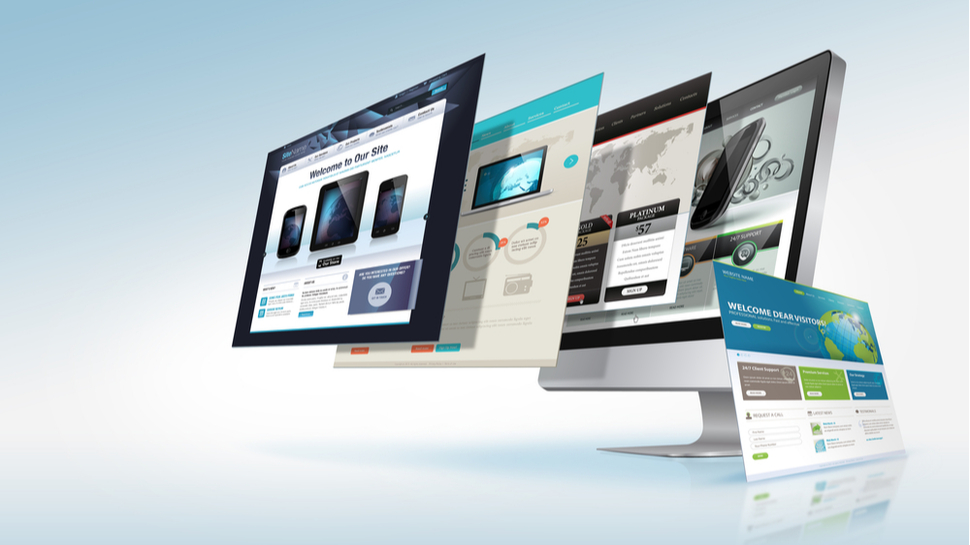Websites becoming more and more similar, research finds
Today's websites have much more in common than they did 10 years ago

Websites across the internet are starting to look more and more similar to each other which is why The Conversation conducted an investigation to answer the question: Why are all websites starting to look the same?
The news outlet's Sam Goree, Bardia Doosti, David Crandall and Norman Su ran a series of data mining studies to scrutinize almost 200,000 images across 10,000 websites to find their answer.
To conduct their investigation, they used the Russell 1000, which is made up of the websites of the top US businesses by market capitalization, along with Alexa's 500 most trafficked sites and sites nominated for Weebly Awards. Additionally, the team used images of web pages from the Internet Archive to better understand the similarities in the visual elements of these websites.
- Global appetite for website building reaches new highs during pandemic
- Best practices for SMBs to build a website
- Also check out our roundup of the best website builders
The Conversation investigated specific attributes including color and layout along with attributes learned automatically from data using AI. For the color and layout attributes, the team measured how many pixel-by-pixel edits were need to transform the color scheme or page structure of one website into another. As for AI-generated attributes, they trained a machine learning model to classify images based on which website they came from and to measure the attributes the model learned.
Website similarities
The investigation found that across all three metrics (color, layout and AI-generated attributes), the average differences between websites peaked between 2008 and 2010 and then decreased between 2010 and 2016. Of the three metrics, layout differences decreased the most and declined by over 30 percent in that time frame.
The findings confirm that websites are indeed becoming more similar but not because site owners are copying each other's code. In fact, code similarity has actually significantly decreased over time while the use of software libraries has increased a great deal. These software libraries contain collections of generic code used by site owners for common tasks such as resizing a page for mobile or adding a hamburger menu that slides in and out.
The Conversation also found that sites with average similarity scores in 2005 tended to look less similar than those with average similarity scores in 2016.
Are you a pro? Subscribe to our newsletter
Sign up to the TechRadar Pro newsletter to get all the top news, opinion, features and guidance your business needs to succeed!
Websites becoming increasingly similar is both a good and bad thing. On the one hand similar looking sites are more accessible to users who can visit a new site and instantly know how to interact with it but on the other hand less creative expression now goes into designing a website.
- We've also highlighted the best web hosting services
Via The Conversation
After working with the TechRadar Pro team for the last several years, Anthony is now the security and networking editor at Tom’s Guide where he covers everything from data breaches and ransomware gangs to the best way to cover your whole home or business with Wi-Fi. When not writing, you can find him tinkering with PCs and game consoles, managing cables and upgrading his smart home.
